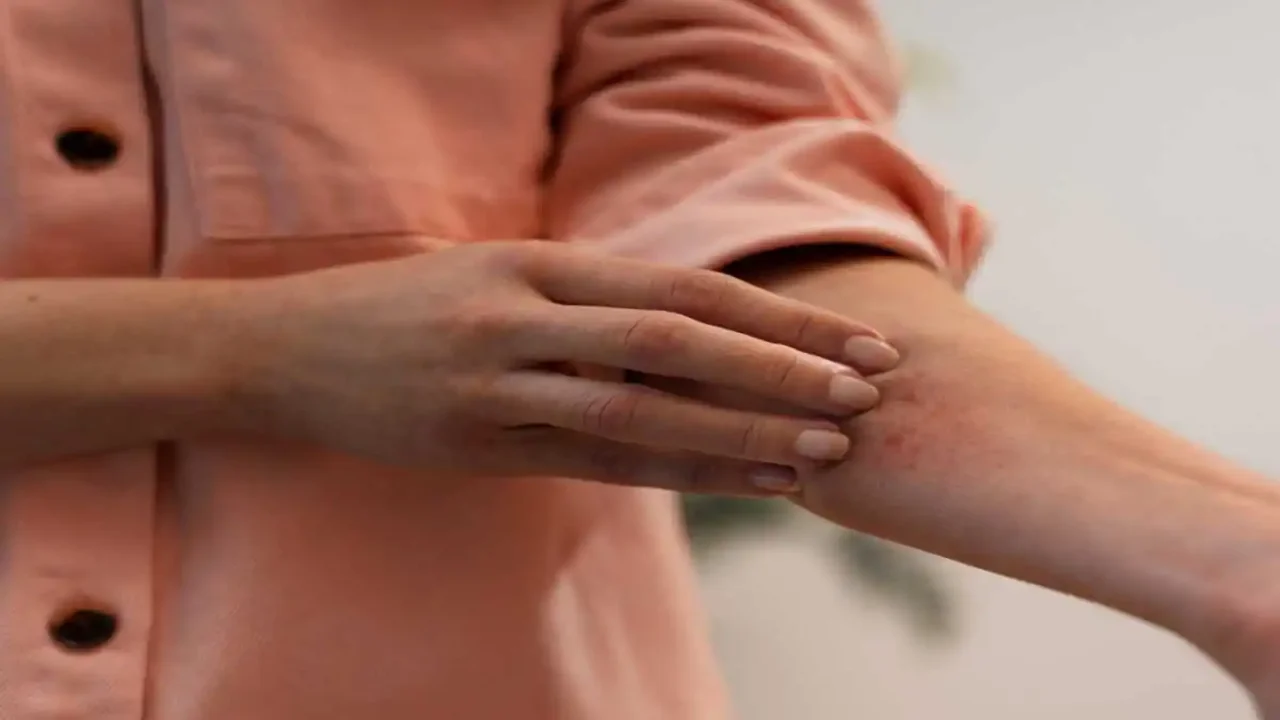Lyme Disease: Causes, Symptoms, Diagnosis, and Treatment
Lyme disease is a tick-borne infection causing rash, fever, and joint pain. Learn its symptoms, stages, and treatment. Read more to protect yourself.

Lyme disease is an infection caused by a type of bacteria called Borrelia burgdorferi. It spreads to humans through the bite of infected black-legged ticks, also known as deer ticks. These ticks are commonly found in grassy, bushy, or wooded areas.
How Does Lyme Disease Spread?
Ticks become infected after feeding on infected animals, such as mice or deer. When an infected tick bites a human, it can pass the bacteria into the bloodstream. The risk of infection increases if the tick stays attached for more than 24 to 36 hours.
Symptoms of Lyme Disease
Lyme disease develops in stages:
- Early Stage (Days to Weeks After a Tick Bite)
- Rash:A circular red rash called erythema migrans may appear at the bite site. It often expands over time and can look like a “bull’s-eye,” but not everyone gets this rash.
- Flu-like symptoms: Fever, chills, tiredness, headache, muscle aches, and joint pain.
- Early Disseminated Stage (Weeks to Months After Infection): If not treated early, the infection can spread to other parts of the body and cause:
- Nerve problems: Weakness or drooping of one side of the face (facial palsy), numbness, or tingling.
- Heart problems: Irregular heartbeat or dizziness.
- More rashes: Smaller red patches on other parts of the body.
- Late Stage (Months to Years if Untreated)
- Joint pain and swelling: Especially in the knees or other large joints.
- Nerve and brain problems: Tingling, numbness, memory problems, or difficulty concentrating (rare).
When to See a Doctor
Seek medical help if you notice a rash, flu-like symptoms after a tick bite, or any unusual joint or nerve problems, especially if you live in or have visited an area where Lyme disease is common.
Diagnosis
Doctors often diagnose Lyme disease based on symptoms and a history of tick exposure. In later stages, blood tests may be done to confirm the infection.
Treatment
Lyme disease is usually treated with antibiotics, and most people recover completely, especially if treated early.
- Early stages: Doxycycline or amoxicillin for 10 to 21 days.
- Severe cases: Intravenous antibiotics may be needed for nerve or heart problems.
Prevention Tips
- Wear long sleeves and pants when in wooded or grassy areas.
- Use insect repellents with DEET or permethrin.
- Check your body and clothes for ticks after outdoor activities.
- Remove ticks quickly with fine-tipped tweezers.
The information on this page is peer reviewed by a qualified editorial review board member. Learn more about us and our editorial process.
Last reviewed on .
Article history
- Latest version
Reference(s)
- Mayo Clinic. “Lyme disease.” Mayo Clinic <https://www.mayoclinic.org/diseases-conditions/lyme-disease/symptoms-causes/syc-20374651>.
- National Health Service. “Lyme disease.” National Health Service <https://www.nhs.uk/conditions/lyme-disease/>.
- Centers for Disease Control and Prevention. “Lyme disease.” Centers for Disease Control and Prevention <https://www.cdc.gov/lyme/index.html>.
Cite this page:
- Posted by Dayyal Dungrela